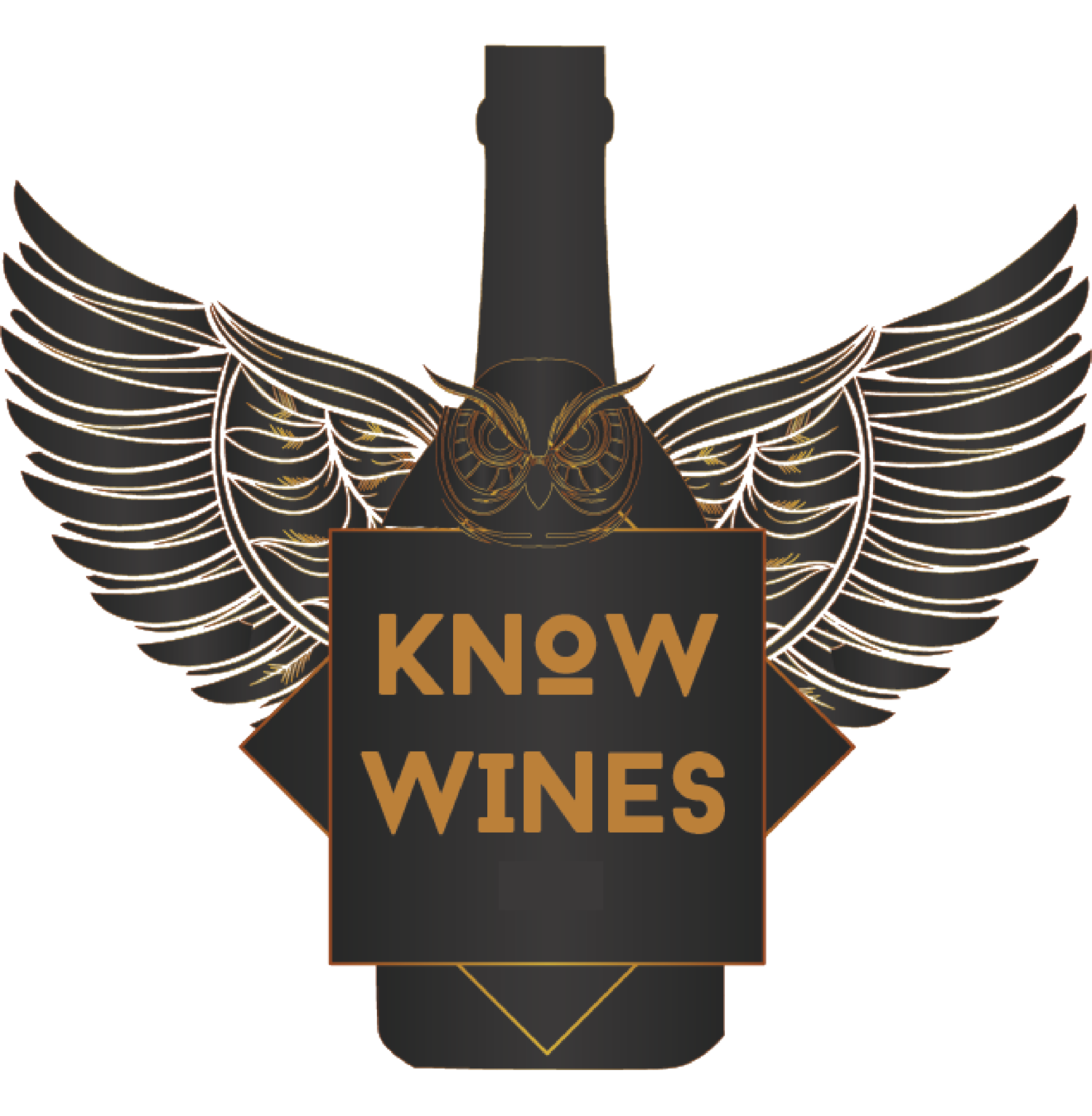When Women Go On Vacation
Recently, KnowWines founder Jolene read an article by Sarah Mikutel with this title: “Women don’t need to be in a crisis to travel.” Two points in the article resonated with Jolene right away. The first was that Americans have become enamored with busyness and the hustle, rather than authenticity and intentionality. The second was that women only find it acceptable to travel and spend time with our minds after we hit a “crisis.”
Mikutel found that if you ask most women who travel (including Jolene), they are actually not miserable or escaping a crisis. Women typically travel independently because we’ve reached a point in our lives where we’ve met their intrinsic human needs (physiological, love/belonging, and safety) and are seeking experiences to build self-esteem and self-respect, a lá Maslow’s hierarchy of needs.
Women in Wine Country
When seeking self-esteem and self-respect, we naturally seek mastery, independence, freedom, and competence, all of which lead to self-confidence. In addition to pursuing these higher-order accomplishments when traveling, we also love learning more about the pleasurable aspects of those basic needs — food, beverage, clothing, shelter, relationships. Traveling to wine country destinations affords ample opportunity for all these pursuits.
The world of women’s travel — and concurrently the world of wine — is rapidly changing. Around 1% of business travelers were women 40 years ago. Today it’s 40%! The keyword search independent or solo female travel grew by 52% between 2016 and 2017. The average age of women adventure travelers is 47. Today, women are traveling more with friends or independently than with family. And more and more often, women are traveling to wine country. This makes sense — after all, women purchase 80% of wine for home consumption, and the GenX generation, which includes the most women travelers, purchases more wine per capita than Boomers or Millennials.
With such a rapid increase in women travelers to wine country, the travel industry is working hard to keep pace. However, Jolene finds that much of the travel literature for wine country - from Napa Valley to the Rhône Valley to Bordeaux - is out of step with current trends and still geared toward men (light on detail and heavy on top 10 lists and trophy experiences). When travel articles are geared towards women, it’s to younger women looking for more of a drinking experience than an intentional travel experience that incorporates tasting and other cultural activities. When articles about wine tourism take the art of winemaking seriously, they often go far to the other extreme, aiming at wine industry insiders seeking “super geeky” wine experiences that may not be well suited for one’s inaugural or second trip to wine country.
Making a Travel Plan
Many women travelers prepare for trips meticulously, constructing Vision Boards or just writing out ideas about our ideal experiences. Rarely did Jolene find information out there that gave a holistic framework for wine country travel for the average woman adventure traveler. That’s why she created this free guide!
This course, Authentic Wine Travel for Women Over 40, is not a catalog of wine regions to visit. Nor is it a simple checklist for how to take the best tour of wine country. Instead, it’s a guide to making the most of your experience when you travel to wine regions. The goal of the course is to help you create a journey that is inspiring, deeply personal, and that, like a fine wine, will hold value for years to come.
If the grape vine could speak, it would tell us that about 2000 years ago it tempted humans to take it and plant it in places it would thrive, which just happened to be some of the most beautiful and bucolic regions of the world. Because many wine-producing regions are naturally beautiful, one does not need to be a wine enthusiast to enjoy travel to wine country. The vines can simply serve as a beautiful backdrop to outdoor pursuits like walking, biking, or hot-air ballooning. But for the wine enthusiast, those vines, and what they produce, can inspire the woman traveller to learn the lore of the region and the personalities of the vignerons, and to experience new tastes, smells, and textures. This course endeavors to give you an holistic take on the myriad possibilities for growth, learning, and fun that wine country can provide the female traveler.




